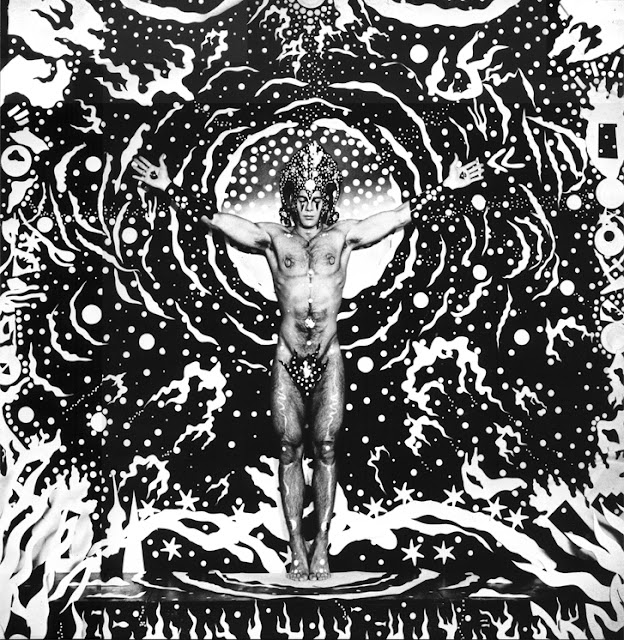I did a lot of gardening today in the East Bay. Apparently I was (for once) too occupied with the work in hand to take many pictures. But I did manage to make time for the photogenic assemblage above.
That big blue-glazed pot has by now been a fixture of the front porch for several seasons. Basically it seems to need replanting about three times a year. For the past few weeks the leftover winter arrangement was in the process of becoming a a cautionary tale about mortality, clusters of striped carnations growing leggier and limper day by day..
Purple, silver, scarlet-pink, pale green, dark green, bronzy-orange. Those were the colors I packed in quite tightly (feeling guilty for the unavoidable roughness of touch) – but they had to be ultra-snug to be consistent with the story they're telling this season. It is called:
Co-ordinated Gaudy Overabundance. They have the whole summer, these flowers, to ascend and extend and spill over in every direction.
Meanwhile, the roses were gradually closing down their spring cycle. Blossoms on this climber are golden yellow when they open, then gradually age into these buffs and pinks. It is the one rose in the garden that looks most beautiful in decline.
















